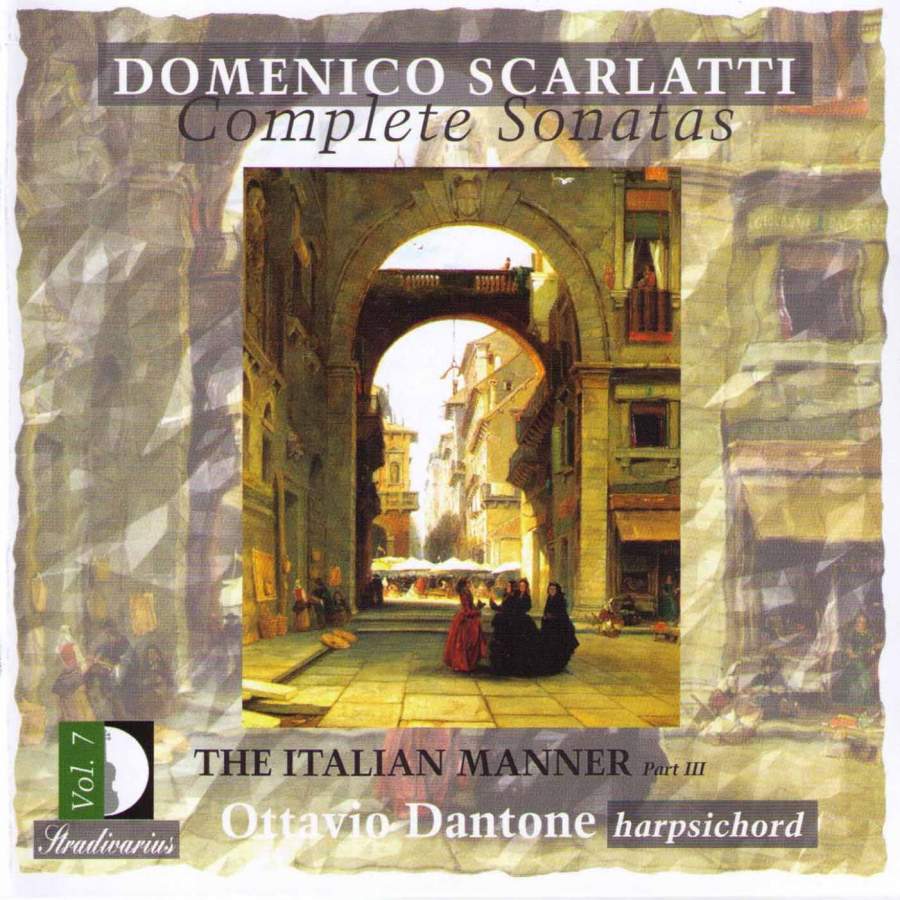Logowanie
Mikołaj - ten to ma gest!
Elton John, The Mamas & The Papas, Cat Stevens, Rod Stewart, Bobbie Gentry, Stevie Wonder, Engelbert Humperdinck
Memory Lane
Edycja Numerowana - 1000 egzemplarzy w skali światowej
RACHMANINOV, Eiji Oue, Minnesota Orchestra
Symphonic Dances / Vocalise
Best Recordings of 2001!!! NAJCZĘŚCIEJ KUPOWANA PŁYTA Z RR!
Karnawał czas zacząć!
Music of Love - Hi-Fi Latin Rhythms
Samba : Music of Celebration
AUDIOPHILE 24BIT RECORDING AND MASTERING
CHOPIN, LISZT, DEBUSSY, DVORAK, Gerhard Oppitz
Dances romantiques - A fantastic Notturno
Wzorcowa jakość audiofilska z Clearaudio
Winylowy niezbędnik
ClearAudio
Double Matrix Professional - Sonic
najbardziej inteligentna i skuteczna pralka do płyt winylowych wszelkiego typu - całkowicie automatyczna
SCARLATTI, Ottavio Dantone
Complete Sonatas - The Italian Manner
- Sonata per cembalo K 150 F 100 in FA
- Sonata per cembalo K 151 F 101 in FA
- Sonata per cembalo K 173 F 123 in si
- Sonata per cembalo K 186 F 136 in fa
- Sonata per cembalo K 187 F 137 in fa
- Sonata per cembalo K 213 F 161 in re
- Sonata per cembalo K 214 F 162 in RE
- Sonata per cembalo K 227 F 175 L 347 in si
- Sonata per cembalo K 232 F 180 in mi
- Sonata per cembalo K 233 F 181 in mi
- Sonata per cembalo K 234 F 182 in sol
- Sonata per cembalo K 240 F 188 in SOL
- Sonata per cembalo K 241 F 189 in SOL
- Sonata per cembalo K 248 F 196 L 35 in SI
- Sonata per cembalo K 249 F 197 L 39 in SI
- Ottavio Dantone - conductor
- SCARLATTI
Ottavio Dantone (harpsichord, by Olivier Fadini after Christian Vater, 1738) This third recording by Ottavio Dantone continues with the series of sonatas which are most markedly Italian. It was, after all, Italy where Domenico Scarlatti was born and lived until around the age of forty. Scarlatti quite clearly wrote in the Italian manner and made it his own even long years spent in Lisbon and Spain did nothing to change that. Nonetheless, this manner is not simply one style, but rather a variety of procedures, formulae and characteristics within that particular style. This means that the playful rubs shoulders with the dramatically heroic, the severe and rigorous suddenly finds itself in the company of elegant galantérie, a chamber sonata is paired off with a concerto grosso, courtly dance rhythms are mixed in with folk dances, violin-like phrasing alternates with vocal-style tone colours and music-school type exercises are offset against instances of utterly unbridled creative imagination. If the above list appears somewhat overlong, it is because Scarlattis resources were virtually inexhaustible and that in turn is a reflection of just how vital and stimulating Italian music was in the seventeenth and eighteenth centuries. And the Italian manner gave its blessing to a cornerstone of Domenicos work, i.e. the freedom for a performer to improvise. The Italian term for this was diminuzione while in England it was known as division, which meant that performers could add flourishes and variations to a greater or lesser extent to the score in front of them. That Ottavio Dantone does indeed have invention and virtuosity in abundance and that he can perform eminently in the Italian manner will be readily apparent to anyone listening to the present recording.





























